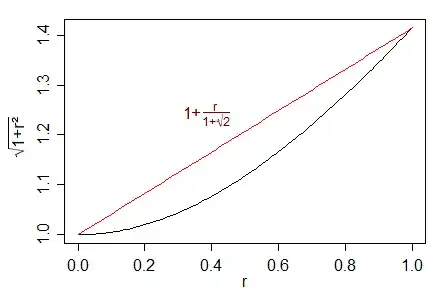I'm training a CNN model for binary classification. The obtained confusion matrix and some corresponding performance measures on validation set are as follows:
ans =
11046 177
561 9306
accuracy: 0.965007
sensitivity: 0.943144
specificity: 0.984229
precision: 0.981335
recall: 0.943144
f_measure: 0.961860
gmean: 0.963467
It seems the results are good. But the training loss seems bad, as shown as follows:
Is this a good model?
